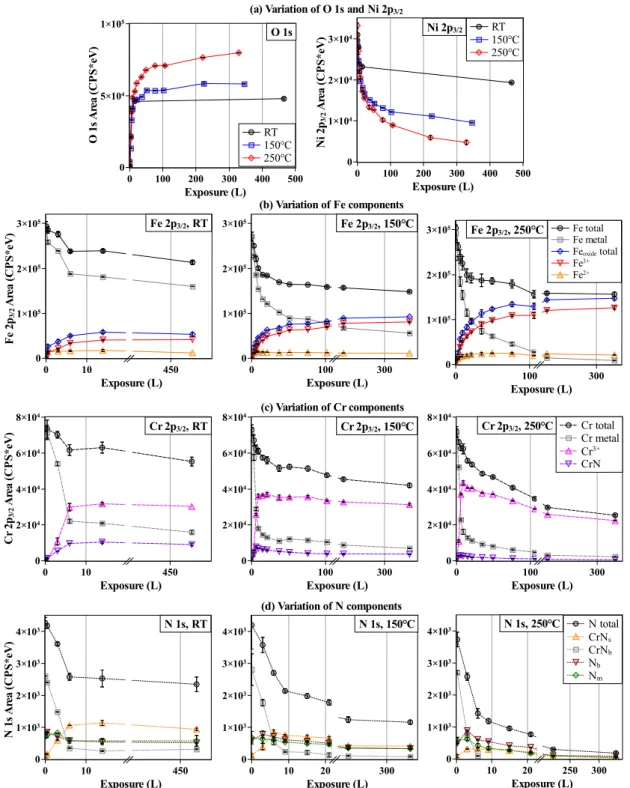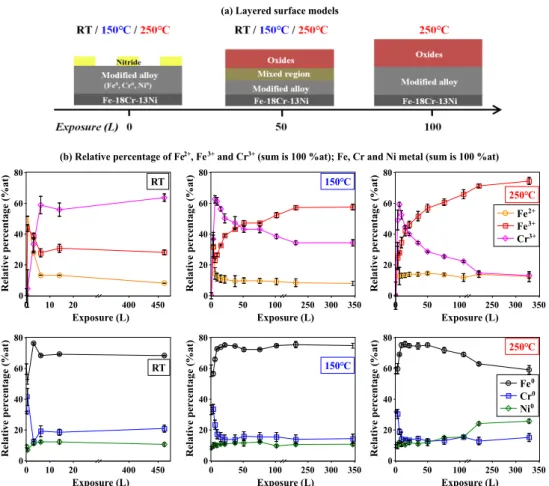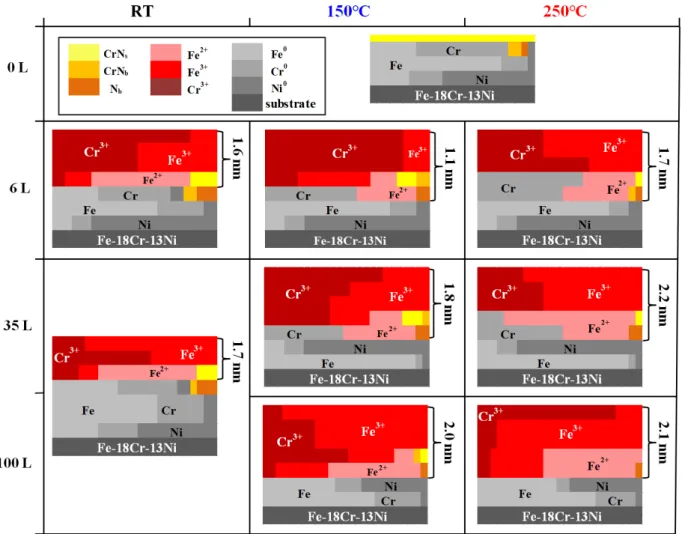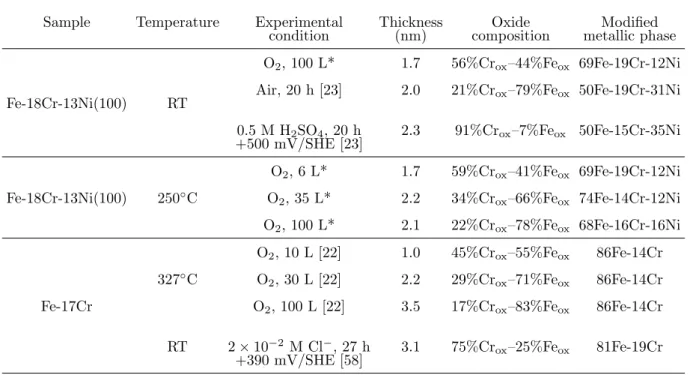New insight on early oxidation stages of austenitic stainless steel from in situ XPS analysis on single-crystalline Fe–18Cr–13Ni
Texte intégral
Figure
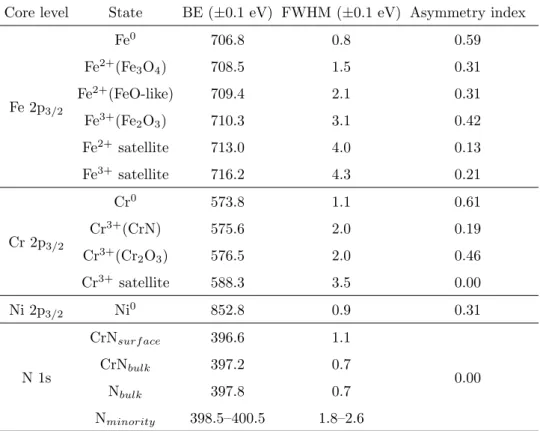

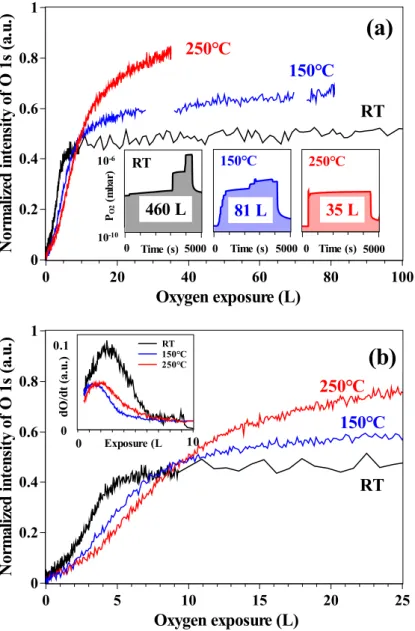
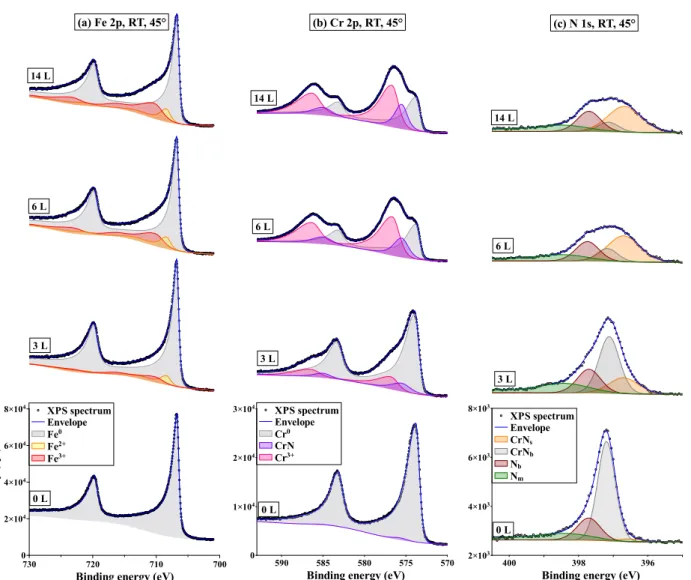
Documents relatifs
Je ne veux pas me répéter, mais je pense que si nous en sommes là aujourd’hui, c’est justement parce que dans les abattoirs industriels et dans les
Various Monte Carlo models are compared to the test beam data in terms of the fraction of interacting events and radial and longitudinal shower profiles of interacting events..
When using external calibration, a method detection limit of 0.0006 ng g −1 is obtained, based on 3 times the standard deviation of the analyte concentration arising from the
/ La version de cette publication peut être l’une des suivantes : la version prépublication de l’auteur, la version acceptée du manuscrit ou la version de l’éditeur. Access
In spite of these common properties, the failure load predictions vary greatly, with differences in predicted loads by factor of 20 for the consolidated layer and 7 for the
Hydrogen radiolytic yields (10 -7 mol/J) (calculated with respect to the total energy received by the system) released from Gamma irradiated C-S-H samples with different C/S ratio
L’intérêt d’un tel objet est de pouvoir travailler sur des données sans pour autant être connecté à la base ce qui permet une meilleur monter en charge des bases de données qui
Figure 4 show the temperature and velocity field with heat transfer and fluid flow model taking into account the free surface, as shown in this figure, the base metal ahead of the
